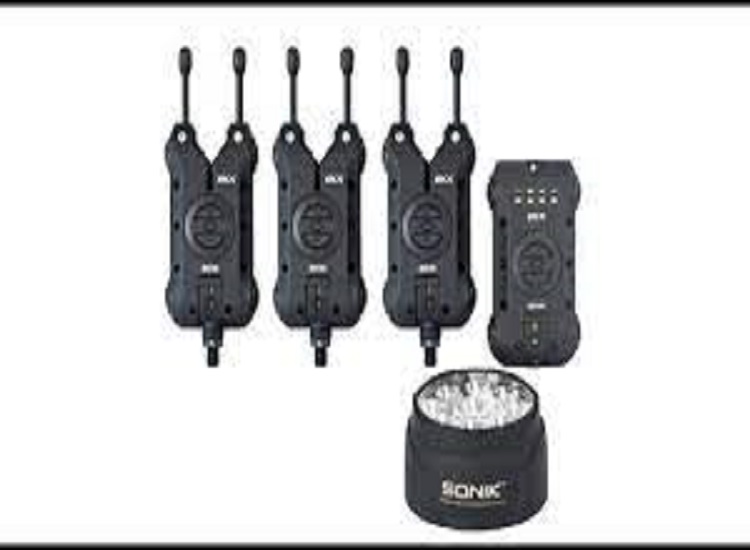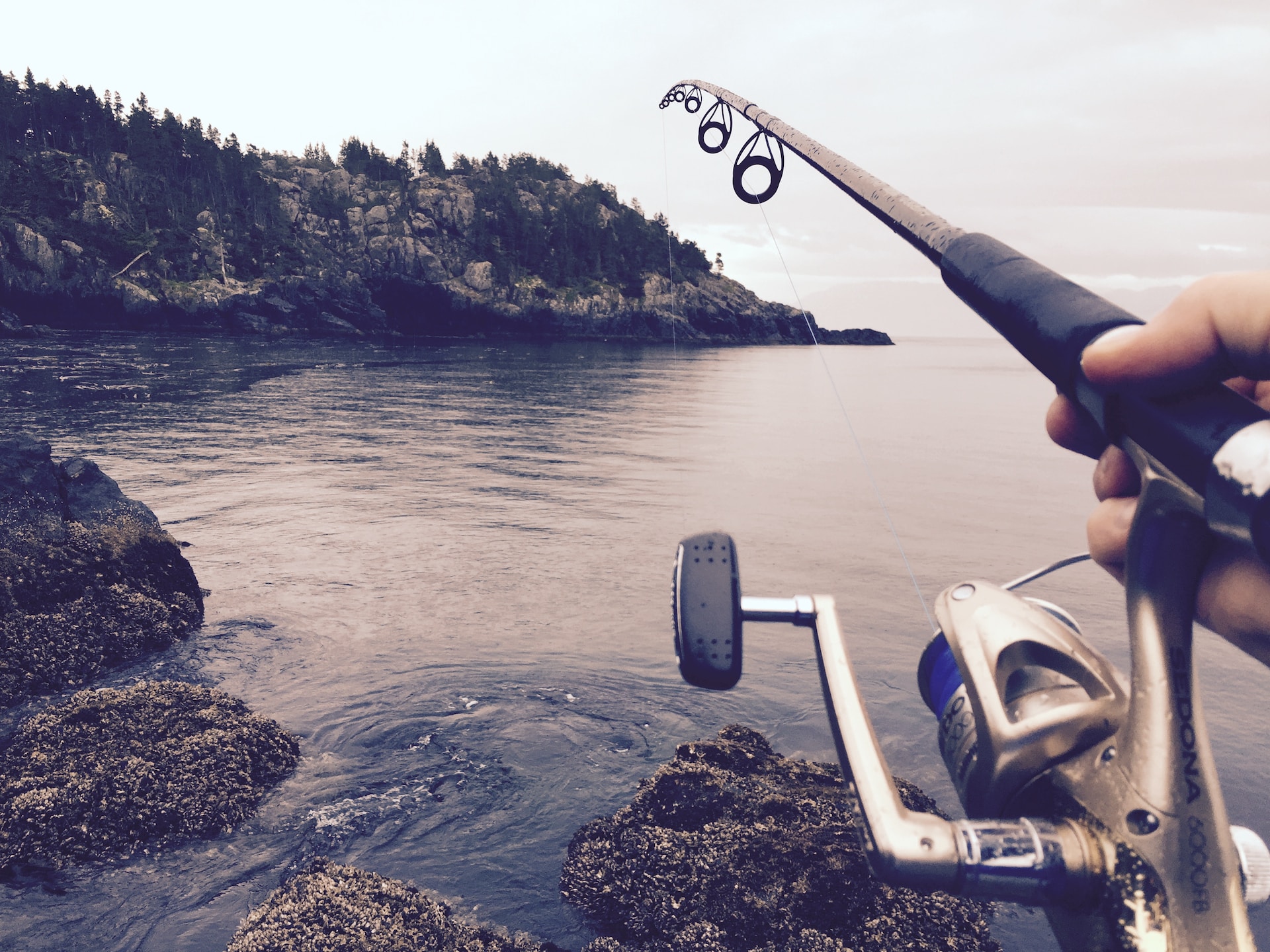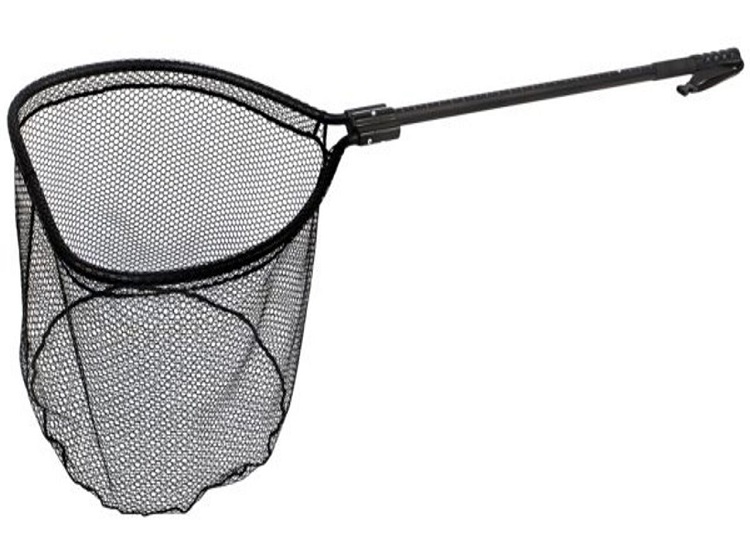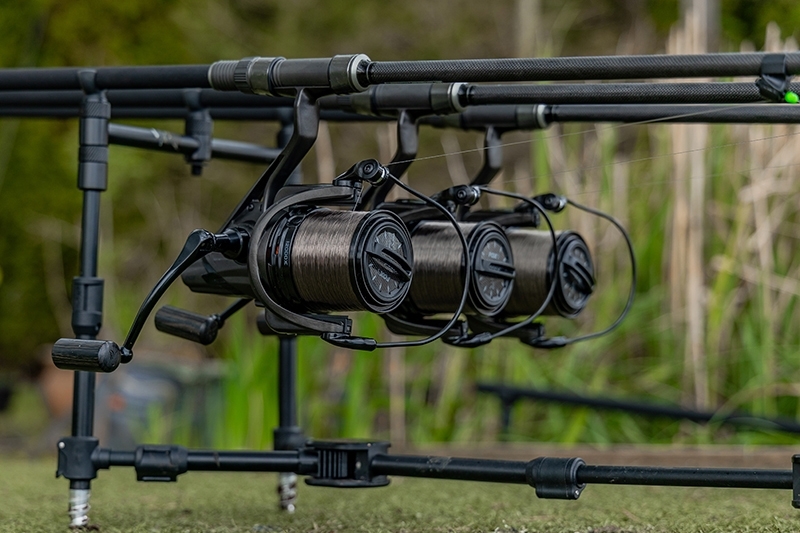Are you tired of sitting by the water’s edge for hours on end with no bites? Do you want to take your fishing game to the next level? Then it’s time to invest in a Sonik Bite Alarm! These innovative devices are designed to alert anglers when they have a fish on their line, giving them more time to prepare and reel in that big catch. But with so many different types of Sonik Bite Alarms available, how do you know which one is right for you? In this Ultimate Guide, we’ll break down everything you need to know about these incredible tools, including the pros and cons, what to look for when buying one, and how to use it effectively. So let’s dive in and discover all there is to know about Sonik Bite Alarms!
What are Sonik Bite Alarms?
Sonik Bite Alarms are electronic devices that attach to your fishing rod and alert you when a fish bites. They work by detecting movement or vibrations on the line, and then emitting a loud sound or flashing LED light to let you know that it’s time to start reeling in your catch.
One of the great things about Sonik Bite Alarms is their versatility – they can be used for everything from carp fishing to sea angling, making them a popular choice among anglers of all skill levels. Plus, with so many different types available, there’s sure to be one that suits your specific needs and preferences.
So why choose a Sonik Bite Alarm over other types of bite alarms? For starters, they offer reliable performance and accurate detection – which means more successful catches for you! Additionally, they’re easy to use and come with adjustable sensitivity settings so you can customize them based on the type of fishing you’re doing.
If you want to up your fishing game and increase your chances of catching those elusive big ones, investing in a high-quality Sonik Bite Alarm is definitely worth considering!
The Different Types of Sonik Bite Alarms
When it comes to Sonik Bite Alarms, there are many different types available in the market. The type of alarm you choose depends on your specific needs and fishing style. Here are some common types of Sonik Bite Alarms:
1. Standard: These alarms have basic features such as volume control, tone adjustment, sensitivity setting, and LED indicators.
2. Wireless: These alarms use a wireless receiver to transmit alerts to your device or remote receiver up to 100 meters away.
3. Bluetooth: These alarms connect directly to your smartphone via Bluetooth technology, allowing you to receive bite notifications and other alerts through an app.
4. Illuminated: These alarms come with built-in LEDs that flash when a fish bites or when there’s movement at the end of the line.
5. Multi-color LEDs: Some models feature several different colored LEDs that can be customized according to your preferences.
6. Vibration alarms: These small devices wrap around the rod and vibrate when a fish bites.
Choosing the right type of Sonik Bite Alarm is crucial for successful fishing trips. Make sure you consider all factors before making your purchase!
Pros and Cons of a Sonik Bite Alarm
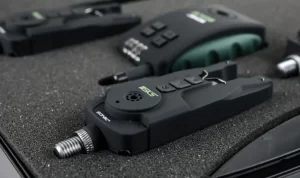
Sonik Bite Alarms have become increasingly popular among anglers due to their effectiveness in detecting fish bites. However, like any other fishing equipment, they come with pros and cons.
One of the advantages of using a Sonik Bite Alarm is that it increases your chances of catching fish. The alarm alerts you when there’s movement on your line, making it easier for you to know when to reel in the catch. Additionally, Sonik bite alarms can detect even the slightest movements on your bait or lure.
Another benefit is that these alarms are customizable based on your preferences and needs. You can adjust the volume and tone to suit different environments or personal preference.
On the downside, these alarms may not be suitable for all types of fishing situations such as still waters where there’s little current flow. In addition, some anglers find them distracting as they may interfere with their focus while waiting for a bite.
Another disadvantage is that they require batteries which need to be replaced regularly if you use them frequently. Also, some models tend to consume battery power quickly compared to others.
Sonik Bite Alarms offer numerous benefits such as increasing catch rate and customization options but also come with drawbacks such as distraction and battery replacement requirements. It’s essential to evaluate your individual needs before investing in one so that you can determine whether it will be worth buying based on its pros and cons.
What to Look for When Buying a Sonik Bite Alarm
When you’re in the market for a Sonik Bite Alarm, there are a few key factors that you should consider before making your purchase. Here’s what to look for when buying a Sonik Bite Alarm:
First and foremost, think about what type of fishing you’ll be doing. If you’re primarily targeting smaller fish or using lighter gear, then a compact bite alarm with adjustable sensitivity may be ideal. On the other hand, if you plan on casting out larger baits or using heavier tackle, then a more robust model may be necessary.
You’ll also want to consider the range and volume of the alarm. A long-range model will ensure that you can detect bites from further away, while higher volume settings will make sure that you don’t miss any alerts when fishing in noisy environments.
Another important consideration is battery life. Make sure to choose an alarm with sufficient battery life so that it won’t run out during those longer sessions on the water.
Take into account any additional features such as LED lights or multiple tone options. These extra bells and whistles can enhance your fishing experience and make it easier to differentiate between different types of bites.
By taking these factors into account when selecting your Sonik Bite Alarm, you can ensure that it meets all of your specific needs and enhances your overall angling success!
How to Use a Sonik Bite Alarm
Using a Sonik Bite Alarm is relatively easy once you know how it works. The first step is to attach the alarm to your fishing rod using the mounting bracket provided. Make sure that it is securely fastened and in line with your reel.
Next, adjust the sensitivity of the alarm by turning the knob until it matches the conditions you are fishing in. If there are strong winds or currents, you may need to increase sensitivity to ensure that even light bites can trigger an alert.
Once set up, place your rod on its rests and wait for a bite. When a fish takes the bait, it will cause movement in your rod tip which triggers the sensor in your Sonik Bite Alarm and sets off an audible signal.
To avoid false alarms caused by wind or debris disturbing your line, use backwind instead of freespooling between casts when waiting for a bite.
In addition to sound alerts, many Sonik Bite Alarms also feature visual indicators such as LED lights that flash when triggered. These can be particularly useful during night-time fishing sessions or when visibility is poor due to foggy weather conditions.
By learning how to use your Sonik Bite Alarm correctly, you can significantly improve your chances of catching more fish while reducing unnecessary downtime spent watching over each cast without any action!
Conclusion
To sum it up, Sonik bite alarms are an essential tool for any angler who wants to increase their chances of catching fish. Whether you’re a beginner or an experienced angler, using a Sonik bite alarm can help take your fishing game to the next level.
Before buying a Sonik bite alarm, consider your needs and preferences carefully. Choose from different types and models available in the market that suit your style of fishing.
Remember, proper use of a Sonik bite alarm is crucial in ensuring its effectiveness. Always read and follow the manufacturer’s instructions to make sure you get the most out of this valuable tool.
With all that said, we hope that this ultimate guide has helped you understand what Sonik bite alarms are all about and how they can improve your fishing experience. Happy Fishing!

